
No doubt you’ve heard the term “reticle” before, but it probably brings to mind the cross-hair you see through a rifle-scope. This term “reticle” can also describe an optical aid used to score targets. This story discusses a new scoring reticle with precisely-defined circles etched on clear plexiglass. This scoring reticle (as attached to a magnifying crystal) is used to determine whether bullet holes fall inside or outside the scoring circles on targets. This unique new scoring reticle allows match scorers to “equalize” the shot placements of all popular calibers from .204 up to .308. This way, there’s a “level playing field” for all calibers, and any caliber rifle can compete on an equal basis with the 30s.
New ‘Equalizer’ VFS Scoring Reticle
by Ron Goodger
The ubiquitous controversy over the advantage of larger caliber bullets in VFS (Varmint for Score) matches still rages, but there is a simple solution that is being embraced by all to whom I have shown it. The concept is simple, and it accomplishes the same thing the UBR (Ultimate Benchrest) targets do with the advantage that it can be used on any target a club happens to have on hand.
I had heard shooters complain about the advantage that larger calibers have many times and wish there was a fair way to score targets that would level the playing field for all calibers. The UBR concept came along and I read up on it. When a match was held close enough that I could enter, I did so and observed first hand what it was all about. The UBR targets essentially make the distance from the bullet hole center to the scoring ring edge the same for each caliber by using different-sized rings on the caliber-specific targets. After seeing the accompanying disadvantages of using this method (the chief one being the large number of targets required by UBR rules and the resulting increased time required to hold a match), I began searching for a simpler way to accomplish the same thing. I was aware of a number of mid-West clubs wanting to make scoring fair but unwilling to use the UBR method because of the disadvantages.

I came up with an idea late in 2015 and designed a scoring reticle that would do the job. The following diagrams graphically explain how UBR and my scoring reticle accomplish the same thing. The illustration above shows how different caliber bullets hitting the same center point of impact will each just score the 10 ring edge on the different-sized, caliber-specific UBR 10 Rings . It is clear that it is the distance from the center of the bullet to the scoring ring that is made uniform by the different 10 Ring sizes.

The illustration below shows how my VFS scoring reticle accomplishes the same thing by scoring every shot with an .308-equivalent ring that circumscribes the inner caliber-specific ring. The dotted line shows that the center of each bullet hits the same distance from the edge of the scoring ring. It is clear that, using current VFS scoring techniques, the .224, .243, and .257 bullets would score misses. However, scoring each bullet with the .308 ring around the hole illustrates that all calibers would be scored the same.
Scoring Reticle Converts Any Caliber Shot to a .308-Equivalent Hole

The above photo of an IBS 100-yard target has a 6mm hole that is clearly a nine (9), using current scoring methods. But consider that, if a .308 bullet from a 30 BR hit in the very same location, that .30-caliber shot would score in the Ten Ring. Why should the 6mm bullet, whose center was just as close to the middle of the target, be penalized because of the bullet diameter? The image on the right shows the scoring reticle with the 6mm scoring ring centered on this hole. With this scoring reticle, the .308 ring around the 6mm hole clearly scores the 10 Ring, just as a 30-caliber bullet centered in the same spot would do. That is as fair as it can get.

The above image (two shots per frame) from a Hillsdale Michigan varmint target has two 6mm holes that scored a 16. Score values are 10 points for a shot in the white, 5 points for a shot in the orange, and 1 point for hitting the center dot. This was a match that had 30BRs shooting in it. The next photo shows how scoring this frame with the VFS reticle would have resulted in a 21 because the left side of the reticle’s .308 circle just extends into the 10-point white bulls-eye region. So, in effect, there were two (2) shots in the white for 2×10 points (based on the .308 equalizer effect of the reticle). This shows how the reticle will level the VFS playing field regardless of what target is being used.
VFS Scoring Reticle Features and Specifications
The 6mm circles have been placed in the center of the reticle because it is expected to be the most commonly-used caliber, and that makes it easier to see in the crystal. Any of the ring sets can be used for a .308. The sizes of the circles are guaranteed accurate to within .001″ on the outside edge of the circle by the reticle’s manufacturer. I have found the best magnifier crystal to use is a genuine Badash crystal that measures 3.25″ in diameter. They are available from several eBay sellers and are easily attached using a piece of packing tape about 3/4-inch wide around the edge of the reticle (visible on the crystal in the lower part of the photo). That makes the Plexiglas reticles easy to replace in the event they become scratched up from frequent use.A number of Midwest rifle clubs have already purchased these scoring reticles. The Plexiglas reticles are available for $15.00 each plus $2.04 shipping from the author (does not include the crystal). Email him at LRGoodger [at] gmail dot com for more information.
Share the post "New Equalizer Scoring Reticle for Score Matches"
 Dave Scott explains why the Warehouse was so unique:
Dave Scott explains why the Warehouse was so unique:
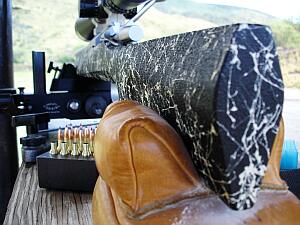 Back in the old days, about the time Fred Flintstone was still alive, I worked for Pat McMillan for free, from time to time to learn all his secrets. One day little Speedy was filling some new sand bags out behind Pat’s shop, stuffing them with more sand than Taco Bell put beans in their Burritos. When Pat stepped out the back door and inquired as to what in the hell was I doing packing them there bags the way I was.
Back in the old days, about the time Fred Flintstone was still alive, I worked for Pat McMillan for free, from time to time to learn all his secrets. One day little Speedy was filling some new sand bags out behind Pat’s shop, stuffing them with more sand than Taco Bell put beans in their Burritos. When Pat stepped out the back door and inquired as to what in the hell was I doing packing them there bags the way I was. 




 The gun, crafted by Eric Wallance of Nawaka Firearms, features an XP-100 action, Jewell trigger, and 15″-long, Brux 1:8″-twist barrel with aluminum muzzle brake. Interestingly, this gun does not have a traditional recoil lug. Instead, gunsmith Wallace milled out a lug from the bottom of the XP-100 action to save weight. On top of the action, the rig carries a Sightron Inc S-III 6-24X56mm scope in Kelbly rings on a custom +20 MOA rail.
The gun, crafted by Eric Wallance of Nawaka Firearms, features an XP-100 action, Jewell trigger, and 15″-long, Brux 1:8″-twist barrel with aluminum muzzle brake. Interestingly, this gun does not have a traditional recoil lug. Instead, gunsmith Wallace milled out a lug from the bottom of the XP-100 action to save weight. On top of the action, the rig carries a Sightron Inc S-III 6-24X56mm scope in Kelbly rings on a custom +20 MOA rail.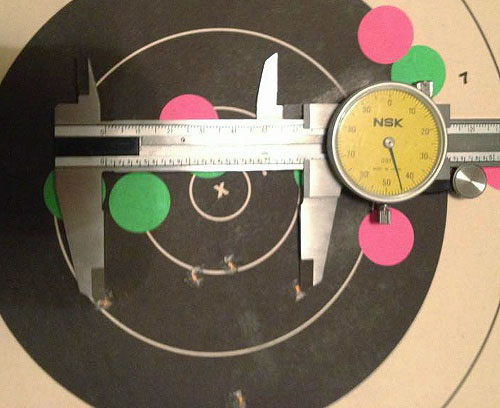

 .009″ — The Record That Stood for 40 Years.
.009″ — The Record That Stood for 40 Years.
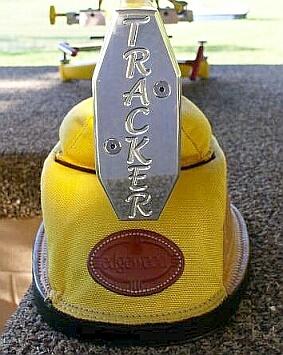 1. Align Front Rest and Rear Bags. We see many shooters whose rear bag is angled left or right relative to the bore axis. This can happen when you rush your set-up. But even if you set the gun up carefully, the rear bag can twist due to recoil or the way your arm contacts the bag. After every shot, make sure your rear bag is aligned properly (this is especially important for bag squeezers who may actually pull the bag out of alignment as they squeeze).
1. Align Front Rest and Rear Bags. We see many shooters whose rear bag is angled left or right relative to the bore axis. This can happen when you rush your set-up. But even if you set the gun up carefully, the rear bag can twist due to recoil or the way your arm contacts the bag. After every shot, make sure your rear bag is aligned properly (this is especially important for bag squeezers who may actually pull the bag out of alignment as they squeeze). 3. Weigh Your Charges — Every One. This may sound obvious, but many folks still rely on a powder measure. Yes we know that most short-range BR shooters throw their charges without weighing, but if you’re going to pre-load for a club match there is no reason NOT to weigh your charges. You may be surprised at how inconsistent your powder measure actually is. One of our testers was recently throwing H4198 charges from a Harrell’s measure for his 30BR. Each charge was then weighed twice with a Denver Instrument lab scale. Our tester found that thrown charges varied by up to 0.7 grains! And that’s with a premium measure.
3. Weigh Your Charges — Every One. This may sound obvious, but many folks still rely on a powder measure. Yes we know that most short-range BR shooters throw their charges without weighing, but if you’re going to pre-load for a club match there is no reason NOT to weigh your charges. You may be surprised at how inconsistent your powder measure actually is. One of our testers was recently throwing H4198 charges from a Harrell’s measure for his 30BR. Each charge was then weighed twice with a Denver Instrument lab scale. Our tester found that thrown charges varied by up to 0.7 grains! And that’s with a premium measure. 5. Check Your Fasteners. Before a match you need to double-check your scope rings or iron sight mounts to ensure everything is tight. Likewise, you should check the tension on the screws/bolts that hold the action in place. Even on a low-recoiling rimfire rifle, action screws or scope rings can come loose during normal firing.
5. Check Your Fasteners. Before a match you need to double-check your scope rings or iron sight mounts to ensure everything is tight. Likewise, you should check the tension on the screws/bolts that hold the action in place. Even on a low-recoiling rimfire rifle, action screws or scope rings can come loose during normal firing.
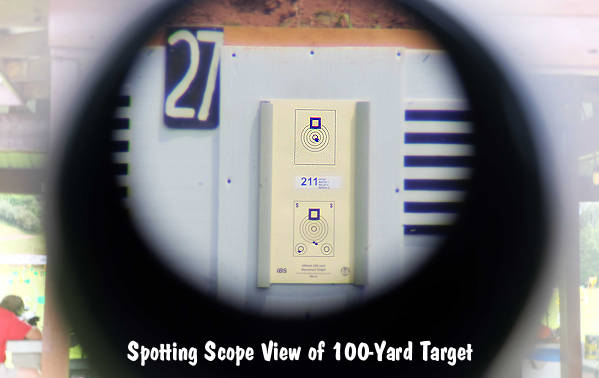






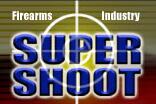 It’s Super Shoot time. The “Top Guns” of Point Blank Benchrest are battling for prizes and glory at
It’s Super Shoot time. The “Top Guns” of Point Blank Benchrest are battling for prizes and glory at 


 We know that many of our readers have never seen a “Hammerhead” benchrest stock before. This is a design with an extra wide section in the very front, tapering to a narrow width starting about 6″ back. When paired with a super-wide front sandbag, the hammerhead design provides added stability — just like having a wider track on a racing car. Some folks think mid-range and long-range benchrest stocks can only be 3″ wide. Not so — IBS and NBRSA rules now allow much wider fore-ends. While F-Class Open rules limit fore-end width to 3″ max, there is not such restriction on IBS or NBRSA Light Guns or Heavy Guns for 600- and 1000-yard competition. Here’s a 5″-wide Hammerhead design from
We know that many of our readers have never seen a “Hammerhead” benchrest stock before. This is a design with an extra wide section in the very front, tapering to a narrow width starting about 6″ back. When paired with a super-wide front sandbag, the hammerhead design provides added stability — just like having a wider track on a racing car. Some folks think mid-range and long-range benchrest stocks can only be 3″ wide. Not so — IBS and NBRSA rules now allow much wider fore-ends. While F-Class Open rules limit fore-end width to 3″ max, there is not such restriction on IBS or NBRSA Light Guns or Heavy Guns for 600- and 1000-yard competition. Here’s a 5″-wide Hammerhead design from 


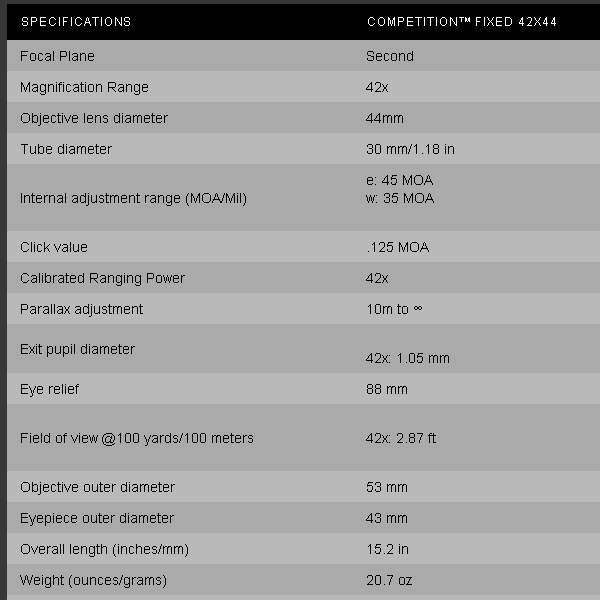













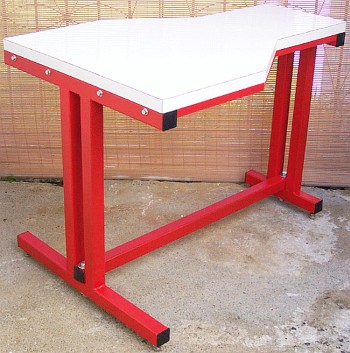











 Bud Pryor was a fine gentleman who started shooting IBS matches in 1983. He was a machinest turned gunsmith who made friends and got many people started in shooting IBS registered matches over the next few years. Bud and Dick Grosbier ran the first IBS match at the Thurmont range in April 1983.
Bud Pryor was a fine gentleman who started shooting IBS matches in 1983. He was a machinest turned gunsmith who made friends and got many people started in shooting IBS registered matches over the next few years. Bud and Dick Grosbier ran the first IBS match at the Thurmont range in April 1983. 


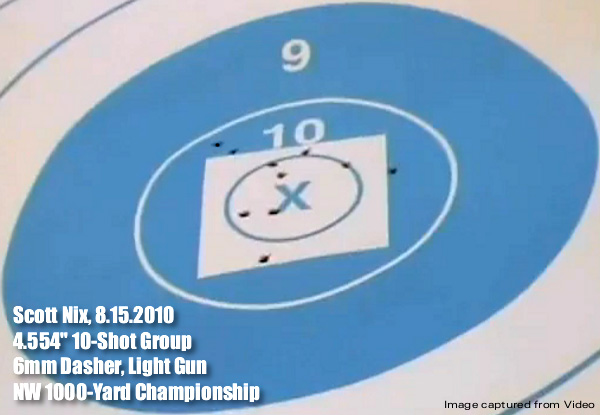
 How well can the 6mm Dasher perform at 1000 yards when conditions are good, and the shooter is riding a hot streak? Well here’s a shot-by-shot record of Scott Nix’s 4.554″ 10-shot group shot at Missoula, Montana at the Northwest 1000-yard Championship a few years back. All 10 shots were centered for a 100-6X score. That’s about as good as it gets. If Scott had stopped after 5 shots, his group would have been under 3 inches!
How well can the 6mm Dasher perform at 1000 yards when conditions are good, and the shooter is riding a hot streak? Well here’s a shot-by-shot record of Scott Nix’s 4.554″ 10-shot group shot at Missoula, Montana at the Northwest 1000-yard Championship a few years back. All 10 shots were centered for a 100-6X score. That’s about as good as it gets. If Scott had stopped after 5 shots, his group would have been under 3 inches!
 Inclusive Rules Welcome All Shooters
Inclusive Rules Welcome All Shooters
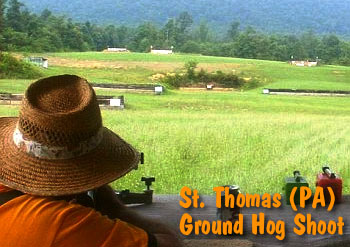 More Fun, Fewer Complications
More Fun, Fewer Complications Mike C: “Here in Texas, our version of groundhog matches involves shooting at clay pigeons at 400 yards. We use 60mm, 90mm, and 108mm clay pigeons attached to target boards. You have 10 shots to break 8 clays, with a seven-minute time limit. We have developed a good following at these matches. In past years, a Shooter of the Year Award was given based on the Aggregate score for three of our matches, which are held in Utopia, San Angelo, and Huntsville.”
Mike C: “Here in Texas, our version of groundhog matches involves shooting at clay pigeons at 400 yards. We use 60mm, 90mm, and 108mm clay pigeons attached to target boards. You have 10 shots to break 8 clays, with a seven-minute time limit. We have developed a good following at these matches. In past years, a Shooter of the Year Award was given based on the Aggregate score for three of our matches, which are held in Utopia, San Angelo, and Huntsville.”








